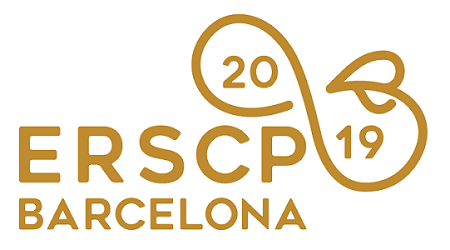Papers Proceedings »
Uncovering the re-use potential in Swedish recycling centres
Waste management in the European Union (EU) is articulated in the EU Waste Framework Directive (2008/98/EC), outlining the rules and conditions under which waste management operations are taking place in EU Member States. The central principle of EU waste management, as it is expressed in Article 4 of the Waste Framework Directive, is the so-called “waste hierarchy”. This addresses the prioritisation of waste management options according to environmental considerations and resource efficiency aspects. Product repair, refurbishment, and remanufacturing are all re-use operations and are often environmentally preferable to material recycling and manufacturing of new products, by saving material resources and energy, by reducing greenhouse gas emissions, and by safer handling of potential toxic substances in products. Recycling of municipal solid waste in the EU has steadily increased over the last 15 years. However, there is an apparent lack of information concerning the performance and progress in re-use operations. Considering that re-use is an immediate step up from recycling in the waste hierarchy, it would be evident for municipalities – according to waste legislation – to strive advancing re-use. In Sweden, more than half of municipal recycling centres include the possibility to receive materials for re-use, such as clothes and furniture, often in collaboration with charity organisations. Some recycling centres have expanded their operations, including repairs and sales, with several municipalities having plans to develop recycling centres to become also centres for repair, rental, borrowing and sharing activities. Private enterprises (waste management companies) have developed capabilities of collecting waste from municipal or private actors within their own facilities, with a good potential for re-use. Since several societal actors in Sweden are willing to accept higher costs to go up the waste hierarchy, a shift in focus from recycling to re-use seems to gain some traction in private waste operators. In this contribution, we conducted a qualitative composition analysis of the different waste streams in two sorting facilities of the largest recycling operator in Sweden. The analysis aimed at assessing the type of waste streams and the quality of waste, and to examine if the waste could have been re-used instead of recycled. The economic value of most products in the recycling centres was deemed rather low. Presumably, more valuable products are sold before they become waste and therefore they do not end up at recycling centres. Products that are traditionally handled by charity organisations (e.g. clothes) were not present in sufficient commercial quality in the waste composition. Repair work was not judged to significantly increase re-usable amounts, even if it was performed with no cost. Repair work could however increase the value of products already considered to be commercially re-usable. Few product groups other than furniture and bikes could be commercially upgraded. Concluding, this contribution forms a basis to develop re-use operations in recycling centres in Sweden and internationally. It shows that there is potential to collect and re-use more products that are currently only being recycled.
